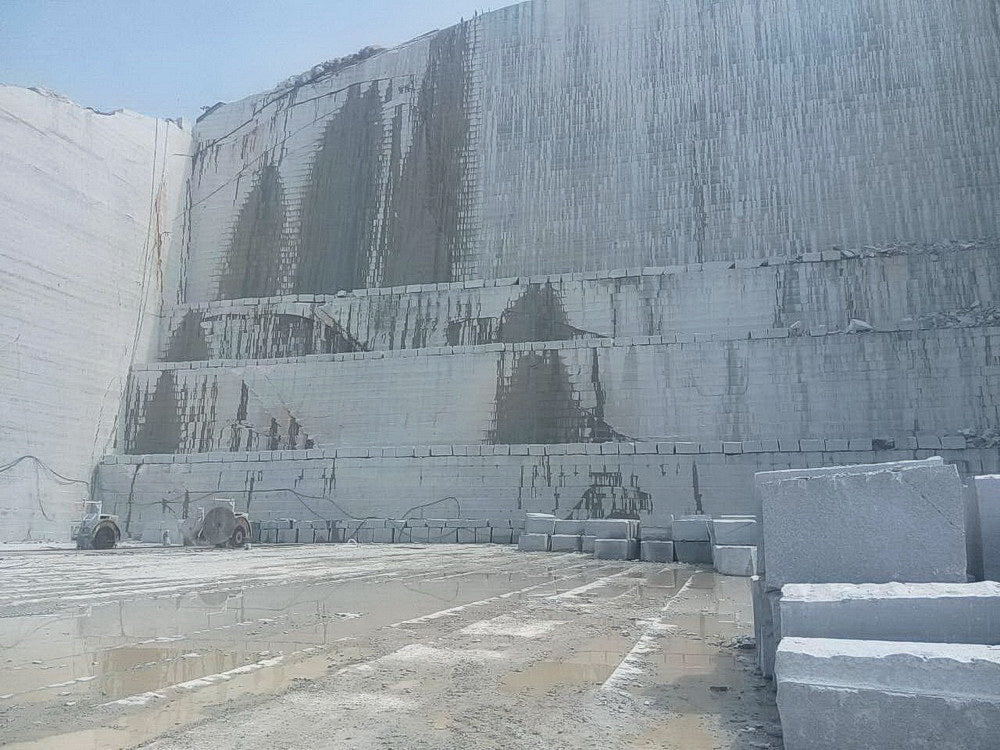Unlocking Natural Treasures: Granite Quarries in South Africa Unveiled
Unlocking Natural Treasures: Granite Quarries in South Africa Unveiled
Blog Article
Unveiling the Mysteries of Granite Quarrying: Where Toughness and Style Meet
The world of granite quarrying is a world where the raw stamina of nature converges with human virtuosity to produce frameworks that stand the test of time with an air of style. From the depths of quarries to the precise polishing in workshops, the procedure of transforming granite into building wonders is an intricate dancing of tradition and advancement. As we peer right into the depths of this old craft, we start to reveal the surprise complexities that shape the very significance of our built environment.
The Beginnings of Granite Quarrying
In the annals of building history, the origins of granite quarrying are shrouded in a tapestry of ancient craftsmanship and geological marvels. Going back to old Egypt and Mesopotamia, the removal of granite from quarries noted the beginning of a trip that would ultimately result in the creation of some of the globe's most famous structures.
Granite quarrying's origins can be mapped to the knowledgeable craftsmens that recognized the stone's sturdiness and visual charm. Via a mix of primitive tools and sheer resolution, these very early quarry employees uncovered granite blocks that would become the foundation of human beings.
As worlds advanced, so did the strategies of quarrying granite. The Romans, renowned for their engineering expertise, developed sophisticated techniques for removing granite to build monoliths, holy places, and roads that stood the examination of time.
The legacy of these ancient quarrying techniques remains to form modern design, with granite continuing to be a symbol of stamina and style in building projects around the globe. (granite quarries in south africa)
Tools of the Quarrying Profession
The advancement of granite quarrying methods from old human beings to modern times highlights the crucial role played by the devices of the quarrying sell shaping the sector's practices. In ancient times, quarrying tools were fundamental, frequently being composed of chisels, hammers, and wedges made from products like bronze or iron. These devices called for considerable workforce and time to essence granite obstructs from quarries.

Furthermore, the intro of pneumatically-driven devices and high-powered equipment has actually significantly decreased the physical labor required in discover this quarrying procedures, improving worker safety and security and productivity. As the quarrying sector remains to innovate, the tools of the profession stay at the leading edge of driving progression and forming the future of granite extraction.
Removing Blocks of Granite
Utilizing accuracy machinery and advanced methods, the extraction of granite obstructs from quarries has actually come to be an advanced process in the modern quarrying market. Regulated blasting methods are after that utilized to damage apart the granite right into manageable sections.

Polishing and Finishing Techniques
To achieve a flawless surface area on granite blocks, skilled artisans utilize a collection of careful polishing and completing methods. After the preliminary removal and forming processes, the granite blocks go through an extensive sprucing up stage to improve their all-natural elegance and toughness.
In enhancement to sprucing up, ending up methods are put on more improve the granite's look. These methods might include flaming, honing, or cleaning, each offering unique textures and finishes to fit various aesthetic preferences. Flaming, for circumstances, involves exposing the granite surface to high temperatures to develop a harsh, textured surface, perfect for exterior applications where slip-resistance is important. Sharpening, on the various other hand, gives a matte finish that is smooth to the touch, best for indoor kitchen counters and floor covering. By thoroughly choosing and applying these brightening and finishing techniques, artisans can transform raw granite blocks right into charming pieces that display both stamina and beauty.

Ecological Impact and Sustainability
With the expanding emphasis on like it environmental consciousness in the industry, granite quarrying techniques are significantly inspected for their effect on website link all-natural sources and lasting sustainability. In addition, the transport of granite from quarries to processing centers generates carbon discharges, further contributing to environmental destruction.
To reduce these impacts and make certain sustainability in granite quarrying, market stakeholders are taking on numerous steps. Executing advanced technologies to minimize energy consumption and water usage, redeeming quarried land for eco-friendly remediation, and advertising accountable sourcing practices are some approaches being employed. In addition, accreditations such as the Woodland Stewardship Council (FSC) and the Management in Energy and Environmental Design (LEED) help consumers recognize eco-friendly granite products.
Final Thought
Finally, granite quarrying is a process that requires specialized tools and methods to extract blocks of granite and polish them to a high level of surface. While the environmental influence of quarrying can be significant, efforts are being made to boost sustainability methods in the industry. Generally, granite quarrying is a fragile equilibrium in between taking advantage of the stamina and elegance of this all-natural rock while reducing its influence on the atmosphere.
Report this page